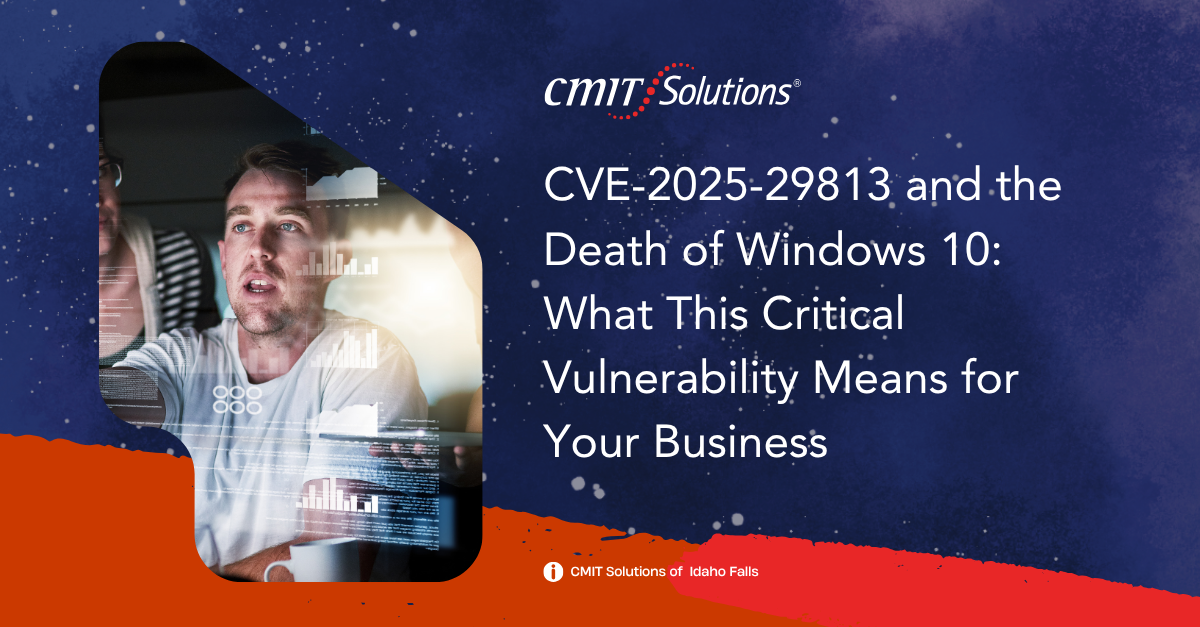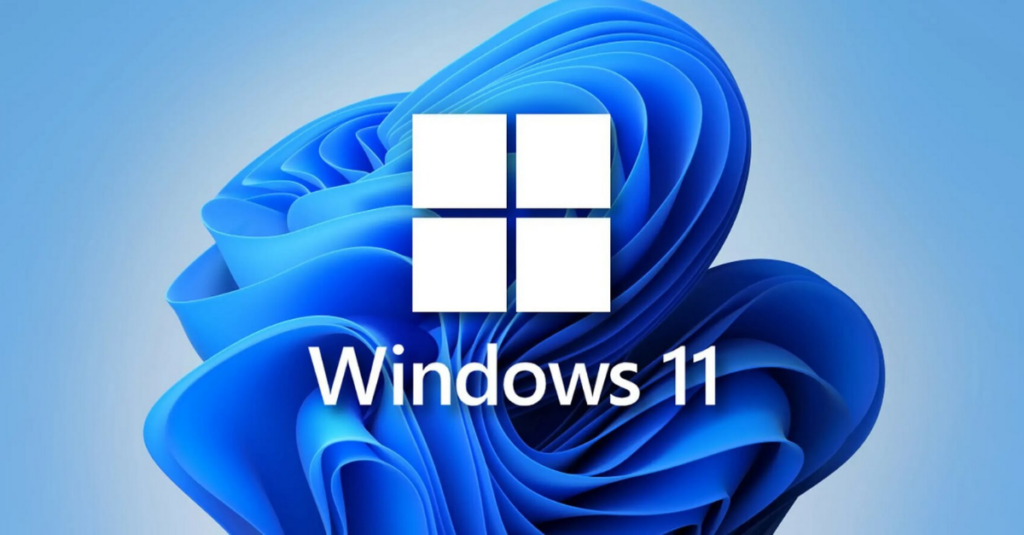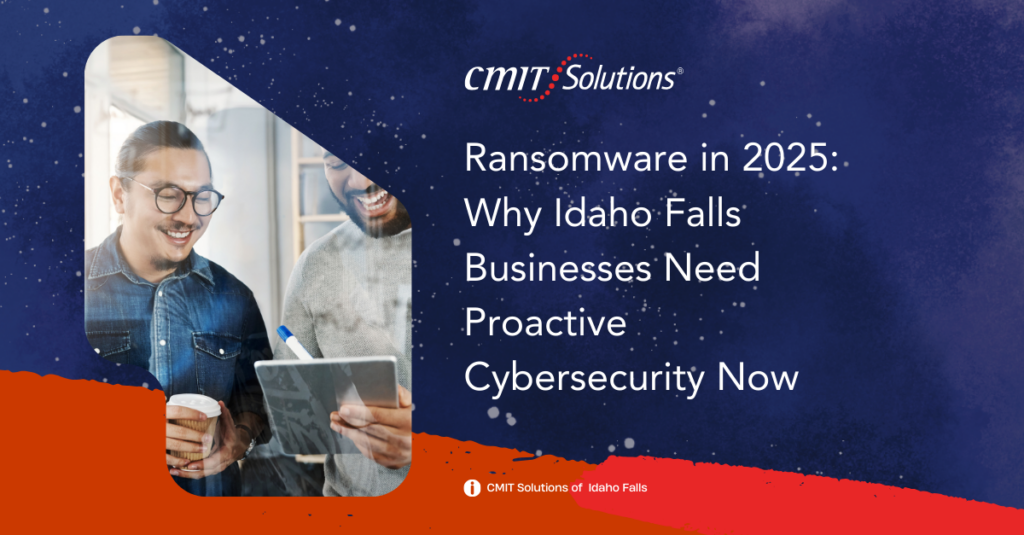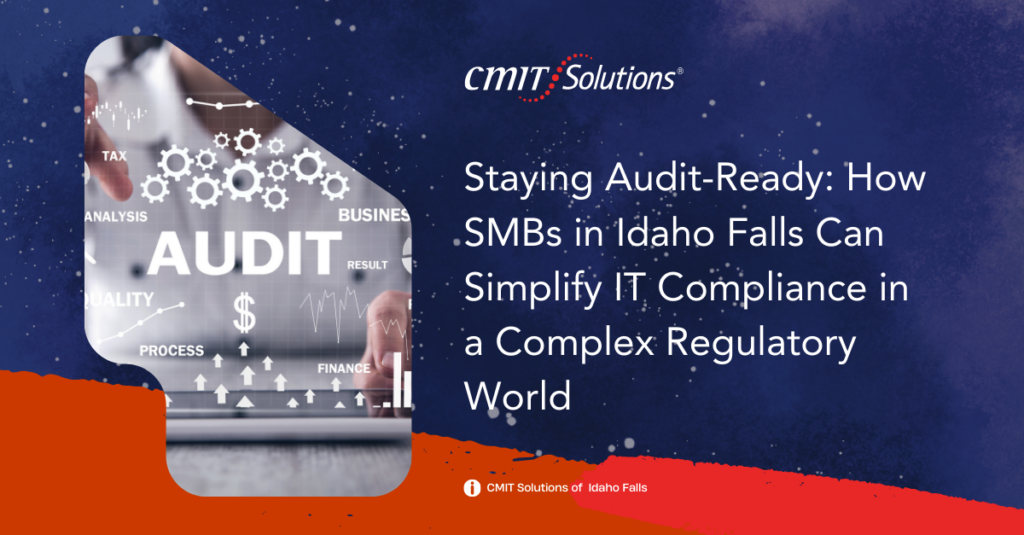Introduction
The IT landscape is undergoing a pivotal transformation, and at the center of this change is the upcoming end-of-life (EOL) for Microsoft Windows 10. Scheduled for October 14, 2025, this shift will mark a dramatic turning point in how businesses manage and secure their operating systems. Yet, what has amplified urgency around this transition is the recent discovery of a critical vulnerability—CVE-2025-29813. Rated 10.0 on the CVSS scale, this flaw brings unprecedented risk to Windows 10 environments and signals an immediate call to action for businesses everywhere.
In this comprehensive guide, we’ll dive deep into what CVE-2025-29813 entails, how it affects your organization, the consequences of staying on Windows 10 post-EOL, and the proactive steps your business should take to mitigate risk and transition securely.
Understanding CVE-2025-29813: A Vulnerability That Changes Everything
CVE-2025-29813 is not just another entry on the vulnerability list. It is a maximum severity flaw that affects how Windows 10 interacts with Microsoft cloud services, including Microsoft 365, Azure Active Directory, and other cloud-based platforms.
This vulnerability allows remote attackers to abuse API calls to escalate privileges and harvest credentials, essentially unlocking unauthorized access to critical business systems. The implications are dire:
- Attackers can move laterally across networks with elevated permissions
- Multi-factor authentication can be bypassed in certain configurations
- Sensitive files, emails, and client data are at direct risk
This isn’t theoretical—it’s already being exploited in targeted attacks. Threat actors understand the value of outdated systems, and Windows 10 has now moved to the front of the line.
Why This Vulnerability Is Different
Most vulnerabilities can be mitigated with patching or basic system hardening. CVE-2025-29813, however, is deeply embedded in Windows 10’s cloud integration architecture. That means mitigation requires more than a quick fix—it demands a comprehensive migration strategy.
With the EOL approaching, Microsoft is prioritizing development and security for Windows 11, which contains significant architecture improvements not available to Windows 10. This makes Windows 10 systems inherently riskier moving forward.
And since this vulnerability targets authentication and cloud trust models, it opens the door to:
- Credential stuffing
- Business Email Compromise (BEC)
- Ransomware propagation
Every organization using Microsoft tools is potentially in the crosshairs.
The Broader Security Context: Why Windows 10 Is Becoming a Liability
Windows 10 has been a dependable operating system, but as technology has evolved, its architecture hasn’t kept pace with emerging threats. The reality is that legacy systems are fundamentally less secure.
CVE-2025-29813 is not an anomaly—it is a symptom of a broader problem. Windows 10 systems are reaching their design limits in an era of advanced persistent threats, zero-day exploits, and AI-driven attack vectors. And with Microsoft phasing out support, the opportunity for attackers grows exponentially.
Even with endpoint protection in place, an unpatched or unsupported OS cannot provide sufficient defense against today’s sophisticated cybercriminals.
What Happens After October 14, 2025?
Once Windows 10 reaches EOL, Microsoft will cease all free updates, patches, and security advisories. That means any new vulnerabilities—like CVE-2025-29813 or worse—will go unaddressed.
The consequences include:
- Increased attack surface: Hackers will actively scan for outdated systems
- Loss of compliance: Regulations like HIPAA, PCI-DSS, and SOX require supported systems
- Insurance implications: Cyber liability insurance may become void if outdated software is in use
- Data loss and operational downtime: Recovery from an attack could cost days or weeks, not to mention thousands of dollars
If your business is still on Windows 10, time is not on your side.
Assessing Your Current Environment
Before jumping into solutions, businesses must take stock of where they stand. This involves a comprehensive Windows 10 device inventory and a clear map of how those systems connect to cloud services.
Questions to ask:
- Which devices still operate on Windows 10?
- Are these devices connected to Microsoft 365 or Azure?
- What roles do these devices serve (e.g., financial systems, HR, customer data)?
- Are backups running on these machines?
A proper assessment will help prioritize which systems must be upgraded, replaced, or retired.
Why Migration to Windows 11 Is the Best Path Forward
Windows 11 offers significant improvements over Windows 10—not just in user interface but in security architecture, cloud integration, and device compatibility.
Some key benefits include:
- TPM 2.0 support for stronger encryption and identity protection
- Enhanced kernel-level protections to stop malware at its root
- Improved integration with Microsoft Defender and Azure
- Zero Trust capabilities baked into OS design
Migrating to Windows 11 is not simply about upgrading—it’s about future-proofing.
What About Legacy Hardware?
One of the biggest hurdles to migration is hardware compatibility. Many older systems running Windows 10 do not meet the minimum requirements for Windows 11.
Here’s what businesses can do:
- Replace outdated hardware with cost-efficient, secure machines
- Leverage trade-in and leasing programs to spread out costs
- Utilize virtualization or cloud desktops for non-upgradable workflows
Hardware upgrades should be seen as investments in reliability, performance, and security.
Protecting Your Business During the Transition
Until all Windows 10 systems are phased out, businesses must implement risk-reduction strategies. These include:
- Applying the latest available patches for Windows 10 (until EOL)
- Using endpoint detection and response (EDR) tools to monitor activity
- Restricting internet access for legacy systems
- Segmenting vulnerable machines from critical network assets
- Enforcing multi-factor authentication (MFA) wherever possible
These interim steps can reduce exposure but should not be seen as permanent solutions.
The Role of Managed IT Services in Vulnerability Response
For many businesses, managing the technical and strategic response to vulnerabilities like CVE-2025-29813 is overwhelming. This is where Managed IT Services Providers (MSPs) like CMIT Solutions of Idaho Falls come in.
With a local team and nationwide resources, CMIT offers:
- Comprehensive system audits and assessments
- Migration planning and execution
- Cybersecurity policy development and enforcement
- Data backup and recovery planning
- Cloud and remote work integration
Whether you’re a small firm with ten devices or a growing enterprise with hundreds of endpoints, CMIT delivers the expertise to navigate this critical transition.
How CMIT Solutions of Idaho Falls Can Help
At CMIT Solutions of Idaho Falls, we don’t just react to threats—we plan for them. Our team understands the implications of CVE-2025-29813 and is prepared to help businesses:
- Inventory and assess all Windows 10 assets
- Design a phased Windows 11 migration plan
- Strengthen interim security for unsupported systems
- Procure compliant, cost-effective hardware
- Deliver ongoing support and IT guidance
Taking Action Today: Don’t Wait for a Crisis
The discovery of CVE-2025-29813 has changed the conversation around Windows 10 from “eventual upgrade” to “urgent migration.” With attacks already being detected in the wild, the time to act is now.
Waiting until the last moment invites unnecessary risk. Businesses that plan early will benefit from smoother transitions, lower costs, and stronger defenses.
Reach out to CMIT Solutions of Idaho Falls to:
- Schedule a vulnerability assessment
- Begin your Windows 11 readiness plan
- Explore custom support packages
Let’s protect your business before the threat becomes a breach.
Conclusion: Turn Risk Into Resilience
CVE-2025-29813 is more than a technical flaw—it’s a wake-up call. As Windows 10 heads toward end-of-life, organizations must reassess their systems, strengthen their defenses, and embrace modern solutions.
With the right guidance, this transition can be a launchpad for innovation and security. Partner with CMIT Solutions of Idaho Falls, and together we’ll turn this challenge into an opportunity for growth.
📞 Let’s secure your systems—before it’s too late.
CMIT Solutions of Idaho Falls — Enterprise-Grade IT for Small Business Peace of Mind.






